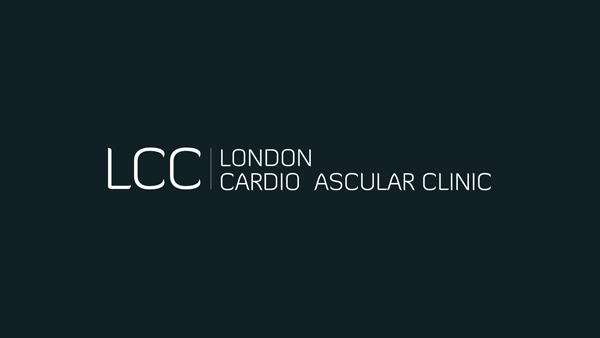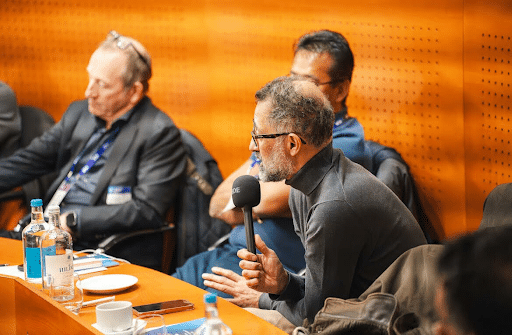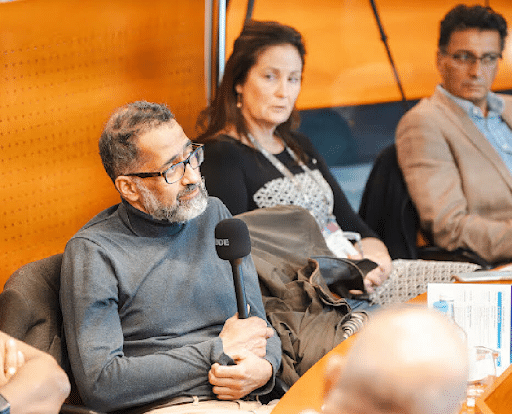Please see the below PDF that was created by Edwards Life Sciences as a free resource. Dr Malik works at Hammersmith Hospital London, and is a senior interventional cardiologist. He also works at OneWelbeck Heart Health, the largest private cardiology practice in London, and is the Medical Director.
Heart Anatomy Guide
Basics of the heart
The heart is a pump. Imagine a washing machine- It needs electricity- so does the heart (it has a built in electrical system). It needs a water supply –so does the heart (blood in this base). It needs the drum working –so does the heart (those are the heart chambers). To work properly, and beat 70-80 times per minute, al needs to be order- the heart lasts longer than any washing machine!
The chambers of the heart
The heart has 4 chambers.
The ones on the right side collect blood from the body and brain (the right atrium) and the push it to the lungs (the right ventricle). This is a low pressure system. It only need to get to the lungs- they are close by. The pressure needed is about 30mmHg. The right ventricle 9s crescent shaped and wraps around the left ventricle.
The ones on the left collect blood from the lungs (the left atrium) and push it all over the body and brain (the left ventricle). The left ventricle is thus the most important chamber. It is bigger and stronger than the right ventricle and needs to generate 100-120 mmHg pressure to allow blood to pump to your brain when you are standing up. The left ventricle is like an ice-cream cone, with the right ventricle like your hand wrapped around it.
The electricity and pacing system in the heart
The heart has a built in pacemaker- it lives in the top of the right atrium. It is called the sino-atrial node (SA node). It fires of at about 70 beats a minute until it needs to beat faster- when it can accelerate to over 180 if needed. It sends electricity around the atria making them contract.
It also fires off the secondary pacemaker – The atrio-ventricular node (AV node). It sits in the model of the heart. That is clever in that there is a built in delay- so that the atria have time to empty into the ventricles before they contract.
The AV node has “bundles” of cables that go to the left and right ventricles, again clever as then that means that the contraction of the ventricles occurs from the apex of the “ice-cream cone”, so that efficiency is maximised.
The valves
Blood should only flow one way, just as water in the washing machine should only flow one way. The heart has 4 valves to help the 2 ventricles pump.
Right side- Inflow: tricuspid valve, outflow: pulmonary valve
Left side- Inflow: mitral valve, outflow : aortic valve
Problems with the right sided valves are tolerated better than left sided as the right is a low pressure system.
Valves can leak or narrow- just as in your washing machine.
Disease of the heart
Electrical
- Too slow (bradycardia)- the pacemaker is failing and a new pacemaker may be needed
- Too fast (tachycardia)- there are other parts of the heart that accelerate the heart way above normal- this could be ventricular tachycardia (from the ventricle) or supra-ventricular tachycardia (above the ventricle). Treatment may be medication or cutting the short –circuit (ablation)
- Atrial fibrillation (AF)- that is usually tool fast a beat, but can also go too slow. Treatment is with medication or ablation.
Muscle disease (cardiomyopathy)
There are many types of these- affecting the ventricles- some with weakened and stretched (Dilated cardiomyopathy), some too chunky and thus not working well (hypertrophic cardiomyopathy). These will need specialist diagnosis and treatment.
Valve disease
The main ones in adults are:
- Aortic stenosis- the aortic valve is severely narrowed (stenosis) and you have chest pain, breathlessness or dizzy spells, seek urgent attention. Severe symptomatic aortic stenosis (SSAS) has a 4% per month death rate.
- Treatment can be with surgery or transcatheter aortic valve intervention (TAVI or TAVR). Dr Malik is an expert in TAVI and run the Imperial College Healthcare NHS Trust program.
- Aortic regurgitation-the aortic valve is leaking, and this puts a strain on the left ventricle.
- Treatment can be with medication, with open heart surgery or with TAVI
- Mitral stenosis- the mitral valve is thickened and narrowed. this is mainly due to rheumatic heart disease, and thus is less common in western countries.
- Treatment is with medication, surgery, or balloon stretching- which in younger patient may avoid open heart surgery
- Mitral regurgitation- leaking mitral valve. This can be due to problems with the leaflets or problems with the ring the leaflets are on- if the ring stretches, then the leaflets don’t meet and the valve leaks.
Coronary disease:
Blood gets to the heart via coronary arteries. If these get narrowed, then the heart muscle is starved of oxygen and glucose. It cant work. This can happen slowly or suddenly
- Sudden blockage- a heart attack, or myocardial infarction (MI). Treatment is urgently needed. Muscle is dying every minute there is a delay. You should get to hospital and the cardiologist will try to open the blood vessel with an angioplasty and stent (known as PTCA or PCI). Dr Malik has treated 1000’s of heart attacks in the last 20 years.
- Slow progression- angina is caused by progressive narrowing. The heart can cope better with this, but it can lead to chest pain on exertion, breathlessness, or tiredness. Treatment may me medication, a PCI or Coronary artery bypass surgery (CABG). You will need tests and probably a coronary angiogram to decide the best treatment for you.
In this brief overview of the heart and its functions, Dr Malik has tried to cover some of the more common problems. What is clear is that the heart is an amazing organ. Look after it and it will keep going for nearly 100 years. As proven by Prince Phillip in March 2021.





